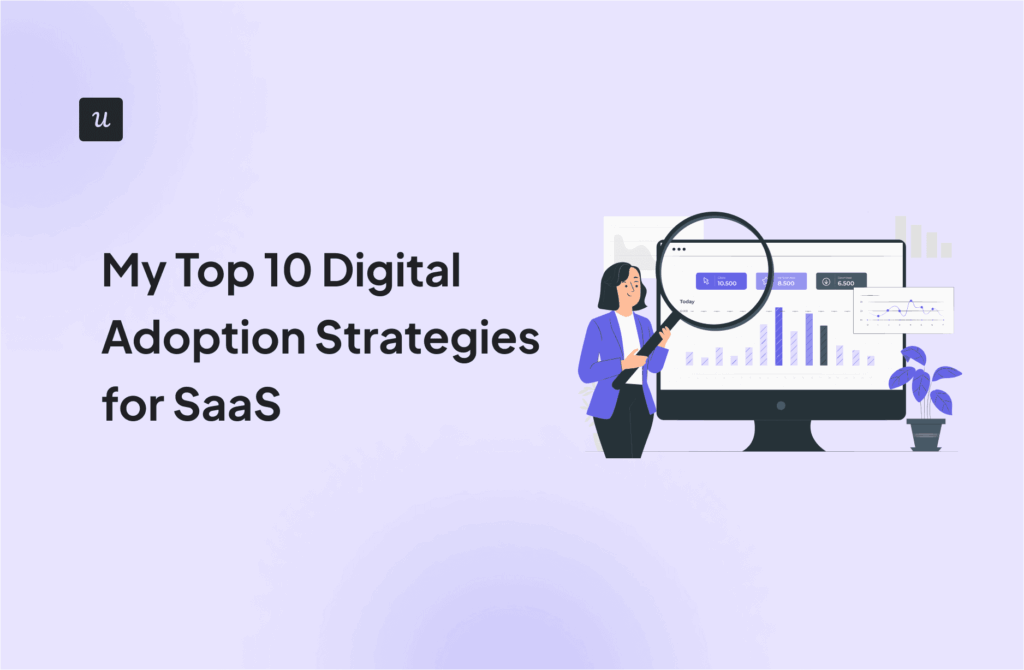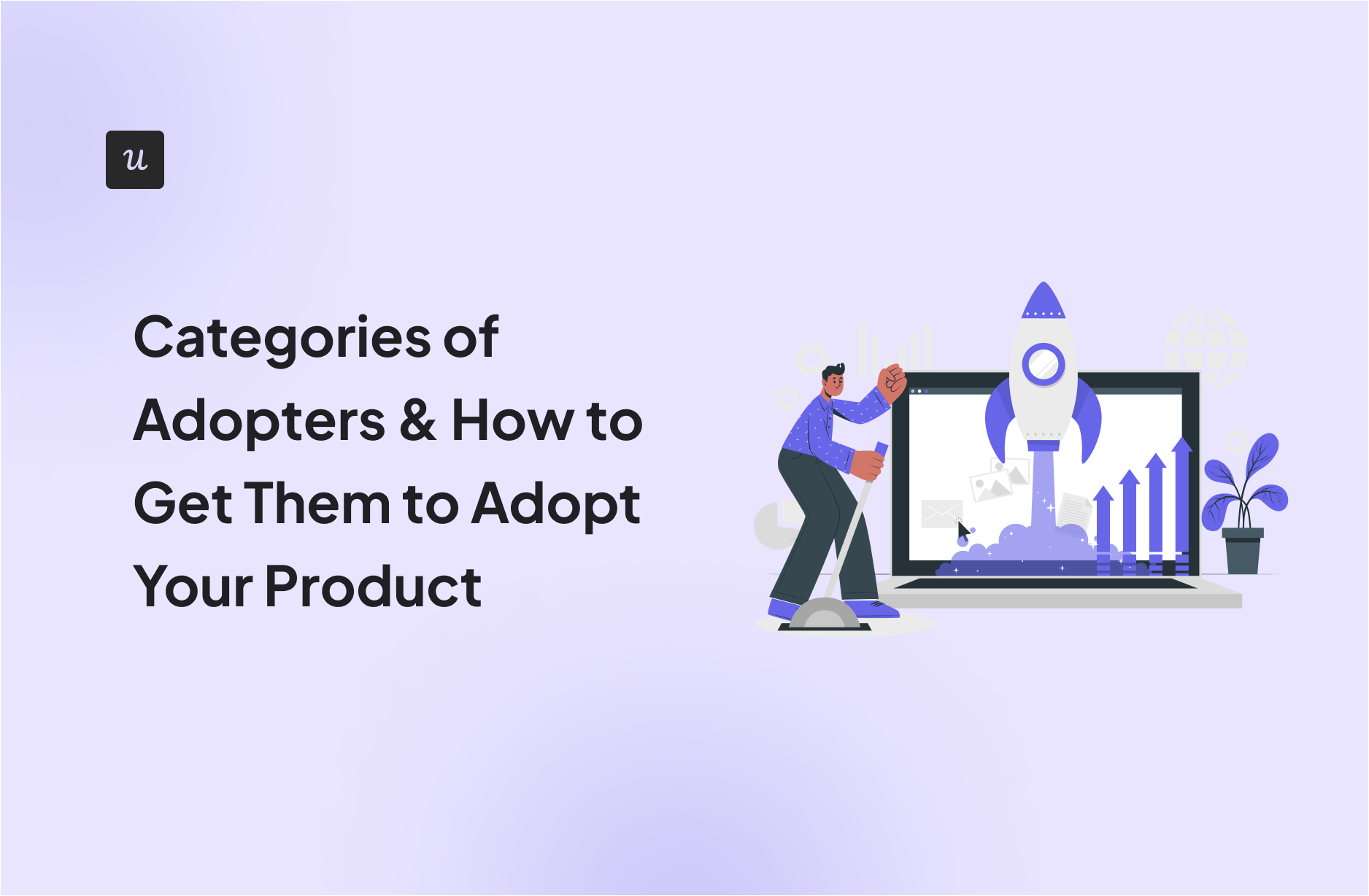
Try Userpilot Now
See Why 1,000+ Teams Choose Userpilot

What are the five types and categories of adopters?
Adopter categories divide consumers into five segments based on where they are on the technology adoption curve, i.e., how quickly they adopt innovations:
- Innovators
- Early adopters
- The early majority
- The late majority
- Laggards
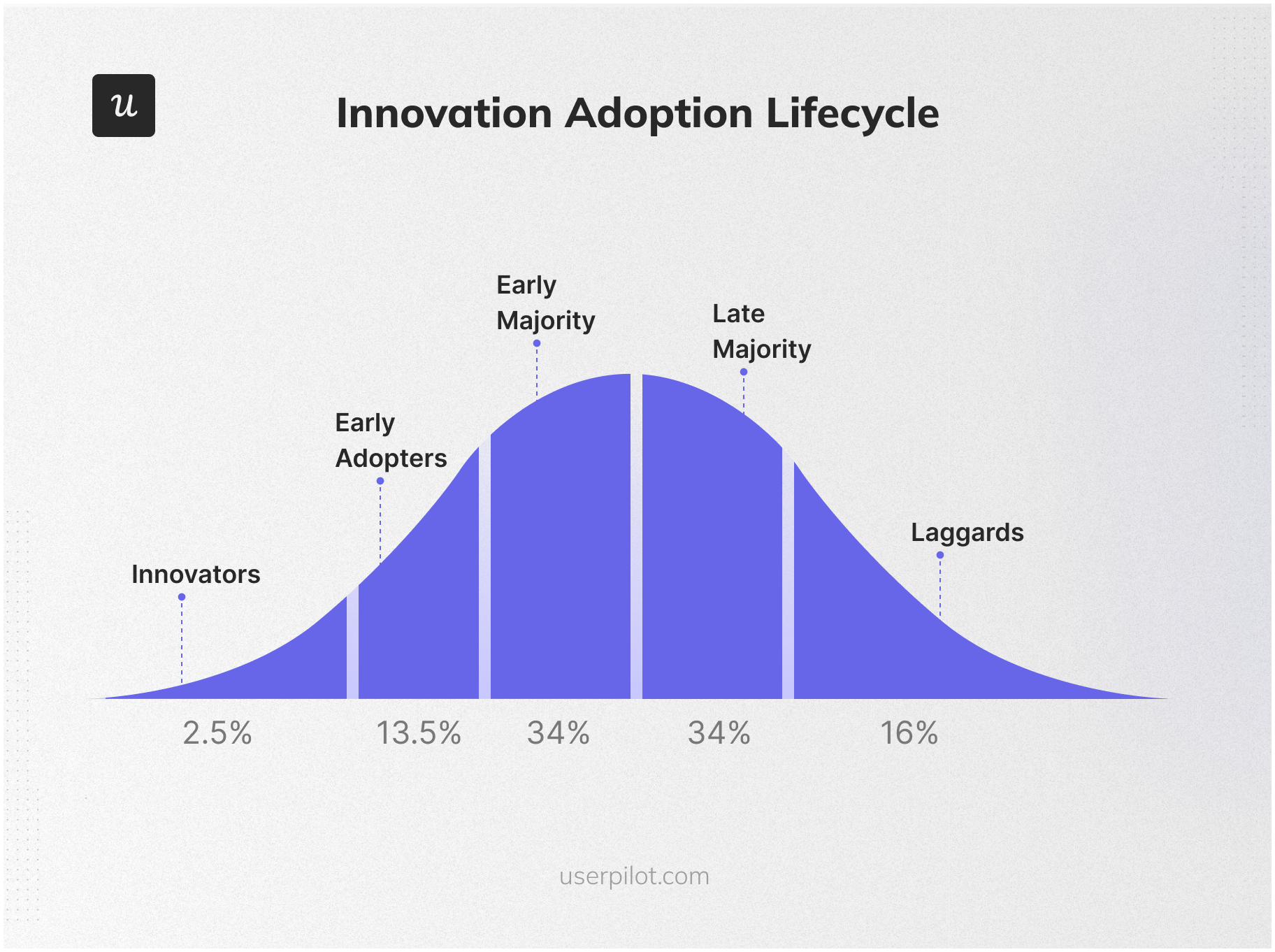
What are innovators?
Innovators are the first to try new products and they make up about 2.5% of users.
Technology and innovation play an important role in their lives and they love taking risks and experimenting. That’s why they’re always on the lookout for new products or ideas to try, which makes them ideal participants in early user trials.
What are early adopters?
Early adopters are a slightly larger category. They amount to about 13.5% of users.
In many ways, they are very similar to innovators. They adopt new products early and are open to change, but are slightly more cautious. Early adopters also have the financial resources to fuel their geekiness.
What is the early majority?
The early majority category is one of the two largest categories of adopters. They make up about a third of all users.
The early majority are much more pragmatic than the previous two categories. Their main motivation is to find better solutions to their problems so that they can solve them more easily, quickly, or cheaply.
What is the late majority?
The late majority is another big category of adopters as they constitute about 34% of the user population.
They are much more skeptical about innovations and, as a result, need much more time to convert and a very good reason.
What are laggards?
Laggards are the last category on the adoption curve. They are not tech-savvy at all. On the contrary, they tend to be very skeptical about novelties, and if they can, they avoid them at all costs, so direct marketing tactics may not be effective in attracting them.
At 16% of the consumer population, they are not the largest group but still too big to ignore.
How do the five adopter categories impact the product adoption curve?
Now that we know what the main categories of adopters are, let’s look at the differences in how they adopt new products.
Innovators and product adoption choices
Innovators are risk-takers, so they are happy to experiment with products that are not tested because it’s fun. They don’t get discouraged by bugs, missing features, or patchy UI as long as they have a chance to use the product before everybody else.
Failure is fine for innovators. They find a product and just give it a crack. If it works, that’s cool, if not, that’s no problem at all. That’s partly because they don’t invest much into the process. They are unlikely to pay for the product, not a premium price anyway.
Innovators are also difficult to retain as they don’t hang around and move from one product to another quickly. Given that’s a very small group, you’re not going to make much money out of them. However, they allow companies to test new features and provide early feedback before it reaches a broader audience.
Early adopters and product adoption choices
Early adopters tend to focus on technological novelties and their performance, just like innovators. If there’s a conversation going on about an idea, a trend, or a new product, they need to be a part of it. And to be able to do that, they are ready to spend their money.
However, they don’t take as many risks as innovators. They won’t support a product until they are sure it works. That’s because they are more concerned about their reputation and position as opinion leaders, and won’t put it at risk for just any product.
Early majority and product adoption choices
Groups like the early majority adopt an innovation only when it serves a specific purpose and delivers value. Unlike innovators or early adopters, they won’t switch to a product or an idea just because it’s trendy.
They need solid evidence that it’s going to satisfy their expectations and needs better than the current tool or gadget. The early majority also wants to avoid disruption to their processes, so they are way more cautious than early adopters.
That’s why they do their homework before they embrace a new product. This means reading reviews, searching out real-life user stories, or trialing the product. Only then will they be ready to commit and spend their money.
The gap between the early majority and the previous two categories of adopters in terms of how readily they adopt new products is huge. Geoffrey A. Moore, an American author, called it the chasm.
Crossing the chasm is a defining moment for products because they can’t be successful if they don’t manage to win over the early majority.
Late majority and product adoption choices
The late majority adopters are more risk-averse than any of the previous groups, so they need even more evidence that the product delivers on its value proposition. That’s why they take much longer to adopt new products than innovators, early adopters, or the early majority.
The best way to convince them of new ideas is to highlight how they can benefit them. Avoid generic statements and focus on the advantages for their specific use cases. Use live demos to show how your product can save them money and time.
Laggards and product adoption choices
If they could, laggards would never choose to adopt new products or ideas. They are just fine with whatever products they are using at the moment, but very often the choices are made for them and they are forced to adapt. For instance, the product they’ve been using may not be available anymore so they have to switch.
However, you can still do a lot to tap into this seemingly impregnable section of the market. First, try to win their trust with online reviews and testimonials.
Afterward, focus on support. Self-service or pre-recorded tutorials won’t cut it though. Instead, you will need a lot of individual support and patience to convert this category of adopters.
Why targeting innovators and early adopters can benefit your product launch?
Let’s look into some practical benefits of targeting the first two categories of adopters—innovators and early adopters.
Innovators and early adopters will provide relevant feedback
These two categories of adopters are great sources of quality feedback that will help you improve your product. First, users from these two categories of adopters tend to be extremely knowledgeable about your product niche. That’s why their insights can be particularly valuable.
As we mentioned, they also share a passion for new products, so they will be very keen to invest their time to thoroughly test your product.
Finally, they want to feel heard and make a difference. This means they’re more likely to become beta testers than other user categories.
What’s the best way to ask them for feedback?
As they’re active users, ask them for feedback directly in-app. Use a tool like Userpilot to create in-app surveys and make sure to include open-ended questions to get a deeper understanding of how they feel about the product.
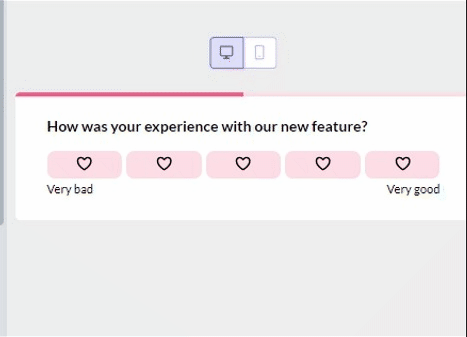
Users can also trigger NPS on mobile to gather valuable user insights and boost satisfaction on the go.
Early adopters can boost the reputation of the brand and product
For product marketers, early adopters are important because they tend to be thought leaders and influencers. They work hard to grow their reputation as subject-matter experts and use every opportunity to confirm it.
That’s why they are very vocal on social media and willing to review products. As a result, winning them over can help you generate positive word-of-mouth marketing that attracts potential customers.
Innovators and early adopters have a better average social status
Innovators and early adopters are the kind of people we turn to when we need advice on new products and solutions.
Because they are so influential in their social circles, gaining the approval of innovators and early adopters acts as a form of market validation. Their adoption signals to the larger market that your product is worth trying, making it easier to convert the early majority and other customer segments later on.
How to attract and keep innovators and early adopters
What are the best ways to attract innovators and early adopters? Let’s check out a few proven methods to get them on board.
Launch your product on the right channels
To attract innovators and early adopters, your marketing team should choose the right channels.
Product Hunt is one of the places where many of them hang around, which makes it a fantastic place to launch your product.
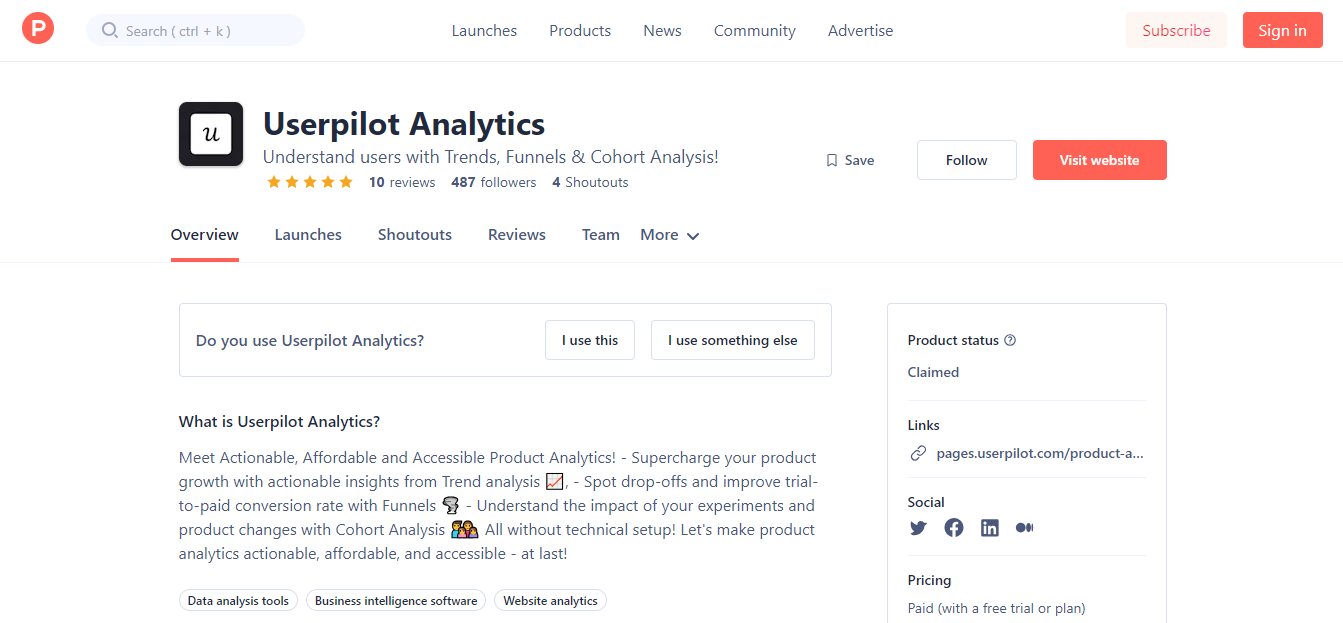
The tech-orientated Product Hunt users are a great source of feedback and reviews. It is also a good platform to recruit beta testers. Apart from Product Hunt, you can find innovators in social media groups and on web forums.
Listen to their feedback and close the loop
User surveys and interviews are great ways to pick their brains. Listening to their feedback and acting on it is the best way to keep early adopters engaged. By closing the feedback loop, you show them that their opinions matter and make them feel relevant.
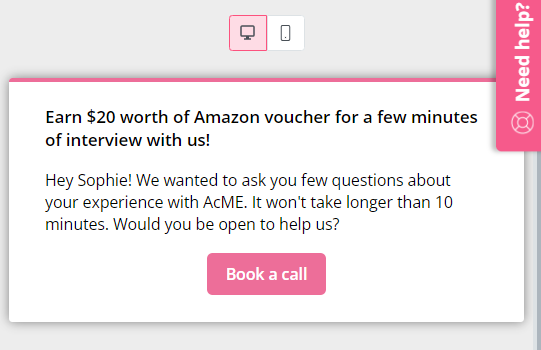
Help them to experience value fast and frictionless
To hook innovators and early adopters, you need to make them experience the Aha moment as quickly as you can. If your product is too complex to use, they won’t bother.
The catch is that the user experience in your MVP won’t be as frictionless as you would like it to be.
To overcome it, provide quality support and in-app guidance. Interactive walkthroughs consisting of tooltips and driven actions can remove the friction and flatten the learning curve.
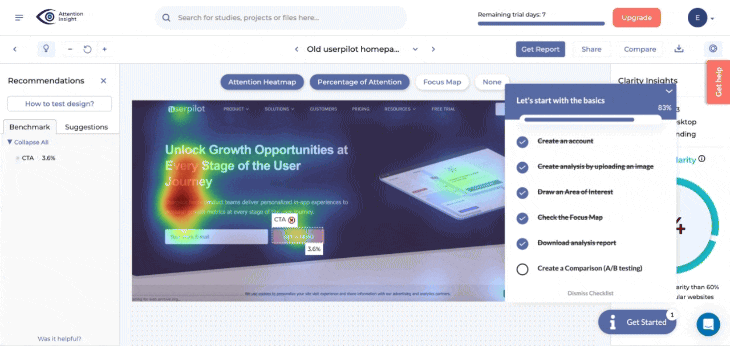
The two categories of adopters often prefer to access help in-app instead of contacting customer support, so on-demand access to support and guides is a must. A solid self-service resource center will cover that need.
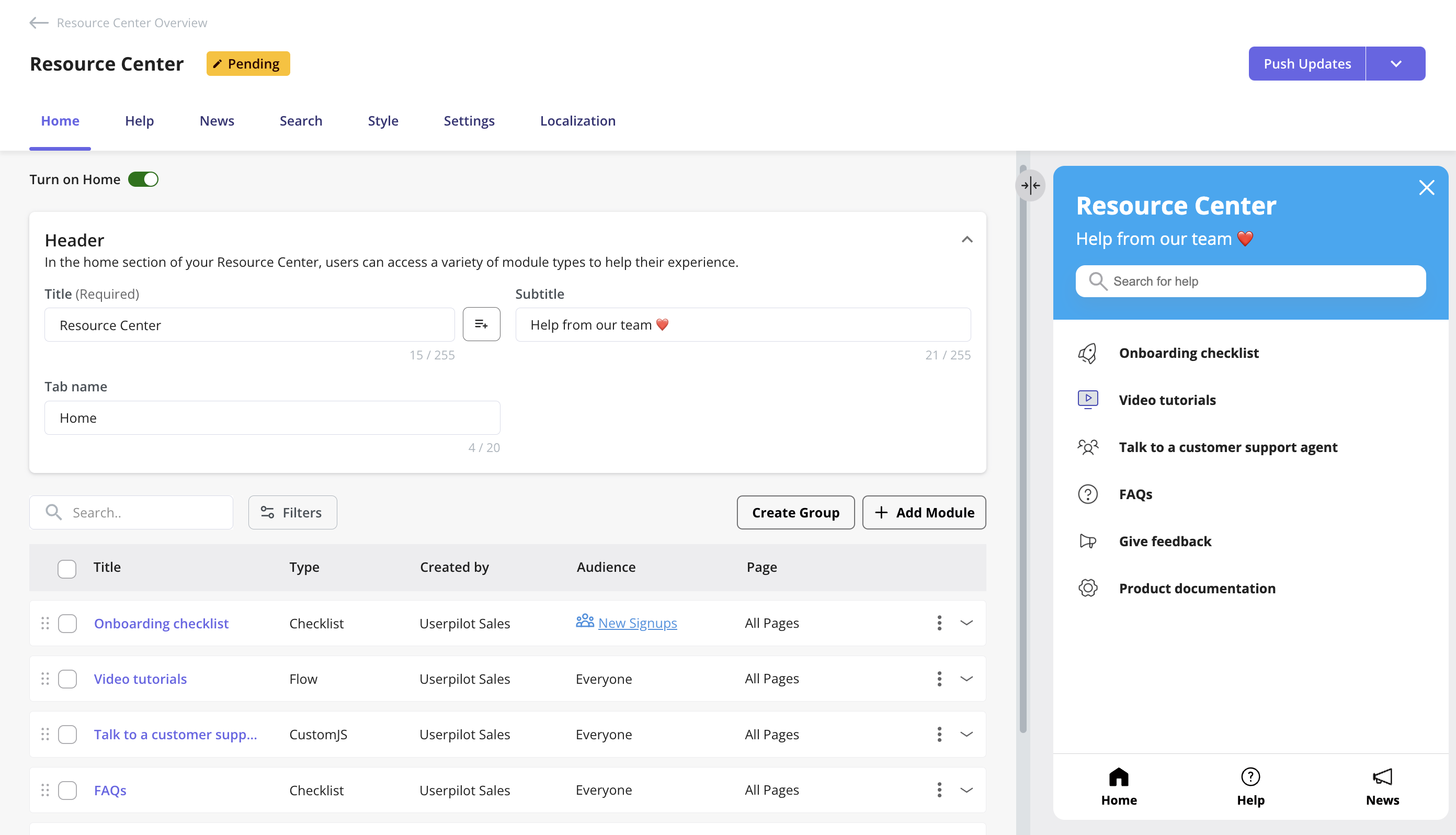
Let them be the first to know
To make your early adopters feel special, make sure to keep them up to date with all the changes and encourage action.

Conclusion
Understanding the differences between different categories of adopters can help product managers plan their product launches and drive adoption once the product is available.
Would you like to know how Userpilot can help you engage different adopter categories? Book the demo!





